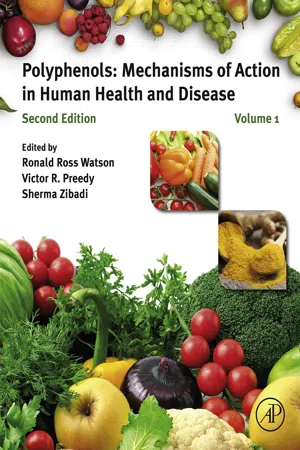1 Introduction
Globally, the incidence of acute pancreatitis is on the rise and reports indicate that it has a relative frequency ranging from 5 to 80 cases per 100,000 population in the Western world [1]. Acute pancreatitis is biochemically an inflammatory condition affecting the exocrine pancreas and the severity can range from mild interstitial pancreatitis to severe pancreatitis with pancreatic necrosis; it may also lead to multiorgan failure [2]. Reports indicate that this upward trend in the incidence is due to changes in the prevalence of the main etiological factors (e.g., gallstones and alcohol consumption) and cofactors such as obesity and genetic susceptibility [3].
Traditionally, the severity of clinical presentation varies from a mild, self-limiting form to severe disease complicated by sepsis and multiorgan failure [4]. However, a new intermediate category of moderately severe acute pancreatitis has also been described with intermediate characteristics, including a high incidence of local complications but with a low mortality [2]. While about 80% of the patients recover without complications, 20% develop severe local and systemic damage [5]. Additionally, 25% of patients with acute pancreatitis have severe disease and a mortality rate of 30%–40%, making it an important clinical condition meriting an early clinical intervention [6]. Additionally, acute pancreatitis also confers a heavy financial burden and causes significant physiologic stress on the patient and their family [6].
Acute pancreatitis is best defined clinically by: a patient presenting with symptoms, such as epigastric pain, consistent with the disease; a serum amylase or serum lipase level greater than three times the upper limit of normal; and radiologic imaging consistent with the clinical diagnosis and biochemical results [7–10]. The mechanism/s responsible for severe acute pancreatitis is/are unknown. However, observations from studies conducted with laboratory animals have shown that the process starts with the activation of pancreatic enzymes within the acinar cells, the release of the activated enzymes into the interstitium, the autodigestion of the pancreas, and the release of activated pancreatic enzymes and other factors into the circulation, which then ultimately leads to the development of multiple organ dysfunction [4,11].
Currently there are no valid therapeutic agents/regimens that are universally acceptable for treating acute pancreatitis. The primary objective is to prevent the development of complications by providing supportive therapy to avoid secondary organ failure, in the form of early enteral feeding, intravenous fluid replacement, pharmacological agents like antisecretory agents, protease inhibitors, antioxidants, immunomodulators, nonsteroidal antiinflammatory medications, and prophylactic antibiotic treatment [12,13]. In lieu of these observations, efforts are being made to identify novel targets and therapeutic agents that are effective and nontoxic at their effective doses.
Data accrued from both clinical and experimental studies carried out in the past decade have conclusively shown that the various inflammatory cytokines (TNF-α, IL-6, IL-1) play an important role in the induction and severity of acute pancreatitis [14,15]. Additionally, reports also indicate that the nuclear factor-κB (NF-κB), a transcription factor and a key regulator of cytokine induction, plays an important role in the initiation and propagation of the pathogenesis and that targeting these molecules could be of potential therapeutic benefit [14,15]. Preclinical studies have shown that the plant polyphenols like curcumin, flavanoids, ellagic acid, and green tea polyphenols possess beneficial effects and these effects can be mediated by modulating the cytokines and the NF-κB. This review attempts to summarize the beneficial effects of these phytochemicals.
2 Curcumin
Curcumin (Fig. 1.1), the major constituent of the rhizome of Curcuma longa (turmeric), a spice and coloring agent widely used in Indian food, is one of the widely studied phytochemicals. It is a nontoxic agent with potent antioxidant, antiinflammatory, and cytoprotective effects. With respect to curcumin’s effect in preventing pancreatitis, seminal studies by Gukovsky and coworkers [16] have shown that the treatment with curcumin was effective in preventing both ethanol (ethanol diet and low-dose CCK) and nonethanol (cerulean)–induced experimental pancreatitis in rats. In this study it was observed that curcumin significantly decreased the severity of the disease as measured by a number of parameters (histology, serum amylase, pancreatic trypsin, and neutrophil infiltration). Mechanistic studies showed that curcumin inhibited NF-κB and AP-1 activation, reduced induction of mRNAs for cytokines IL-6 and TNF-α, the chemokine KC, and inducible nitric oxide synthase in the pancreas [16]. Studies with cultured pancreatic acini have also shown that curcumin blocked CCK-induced NF-κB and AP-1 activation, validating the in vivo observations [16].

